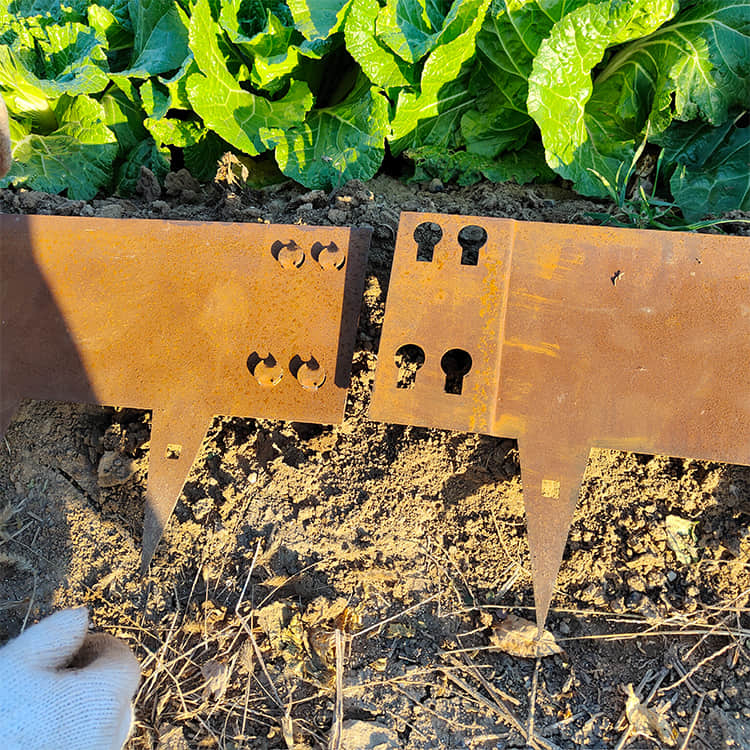Process steps of modern "cold stamping" technology
Cold stamping technology refers to the method of transferring hot stamping foil to the printing material using UV adhesive. The cold stamping process can be divided into two types: dry film cold stamping and wet film cold stamping.
The dry lamination cold stamping process is to cure the coated UV adhesive before hot stamping. Ten years ago, when the cold stamping technology had just come out, the dry lamination cold stamping process was used. The main process steps are as follows.
(1) Print cationic UV adhesive on the web printing material.
(2) Curing the UV adhesive.
(3) Use the pressure roller to make the cold stamping foil and the printing material together.
(4) Peel off the excess hot stamping foil from the printing material, leaving only the required hot stamping text on the part coated with adhesive.
It is worth noting that when using the dry film cold stamping process, the curing of the UV adhesive should be carried out quickly, but it cannot be cured completely. It must be guaranteed that it still has a certain viscosity after curing, so that it can be very compatible with hot stamping foil It sticks together well.
The wet lamination cold stamping process is to apply UV adhesive and then hot stamping and then curing the UV adhesive. The main process steps are as follows.
(1) Print free radical UV adhesive on the web printing material.
(2) Composite cold stamping foil on the printing material.
(3) Curing the free radical UV adhesive, because the adhesive is now sandwiched between the cold stamping foil and the printing material, UV light must pass through the hot stamping foil to reach the adhesive layer.
(4) Peel the hot stamping foil from the printing material, and form hot stamping graphics on the printing material.
It should be noted that: first, the wet-laminated cold stamping process uses free radical UV adhesives to replace traditional cationic UV adhesives; second, the initial adhesive strength of UV adhesives is stronger, and can no longer be cured after curing It is sticky; third, the aluminum layer of the hot stamping foil should have a certain transparency, to ensure that UV light can pass through and initiate the curing reaction of the UV adhesive.
The wet lamination cold stamping process can be used for hot stamping metal foil or holographic foil on the printing machine, and its application range is becoming wider and wider. At present, many narrow-width carton and label flexo printing machines already have this kind of online cold stamping capability.
Landscape Corten Steel Garden Edging Landscape garden edging is a steel lawn edging which can securely anchor into the ground providing alean and even edge to your paths and flower beds. It's strong and looks very attractive.The main material for garden edging is corten steel can develop a rusty looking protective patina that looks very natural.Galvanized steel wiowder coating Is very beautifulle normal thickness is 2mm. The steel garden edging can be made flexible to allow virtually any shape to be easily formed.Edging your garden beds is an essential step that many people skip, which leads to a garden that looks unfinished and bare. Your plants might be blooming beautifully, but if the bed they are in looks unkept, it can ruin the entire look. Edging your garden takes a little extra dirty work, but it's worth it in the end. There are a variety of edging materials you can choose that range in price, installation difficulty, and durability. Here are a few of our go-tos.
| Name |
Landscape Corten Steel Garden Edging |
| Material | Corten steel |
| Size | 1000mm long,2mm thick,200mm high or customized |
| Steel thickness | 2mm |
| Packing | Pallet/carton/wooden box packing |

Steel Garden Edging,Corten Edging,Garden Edging,Steel Garden Edging
Henan Jinbailai Industrial Co.,Ltd , https://www.hnjblbbq.com